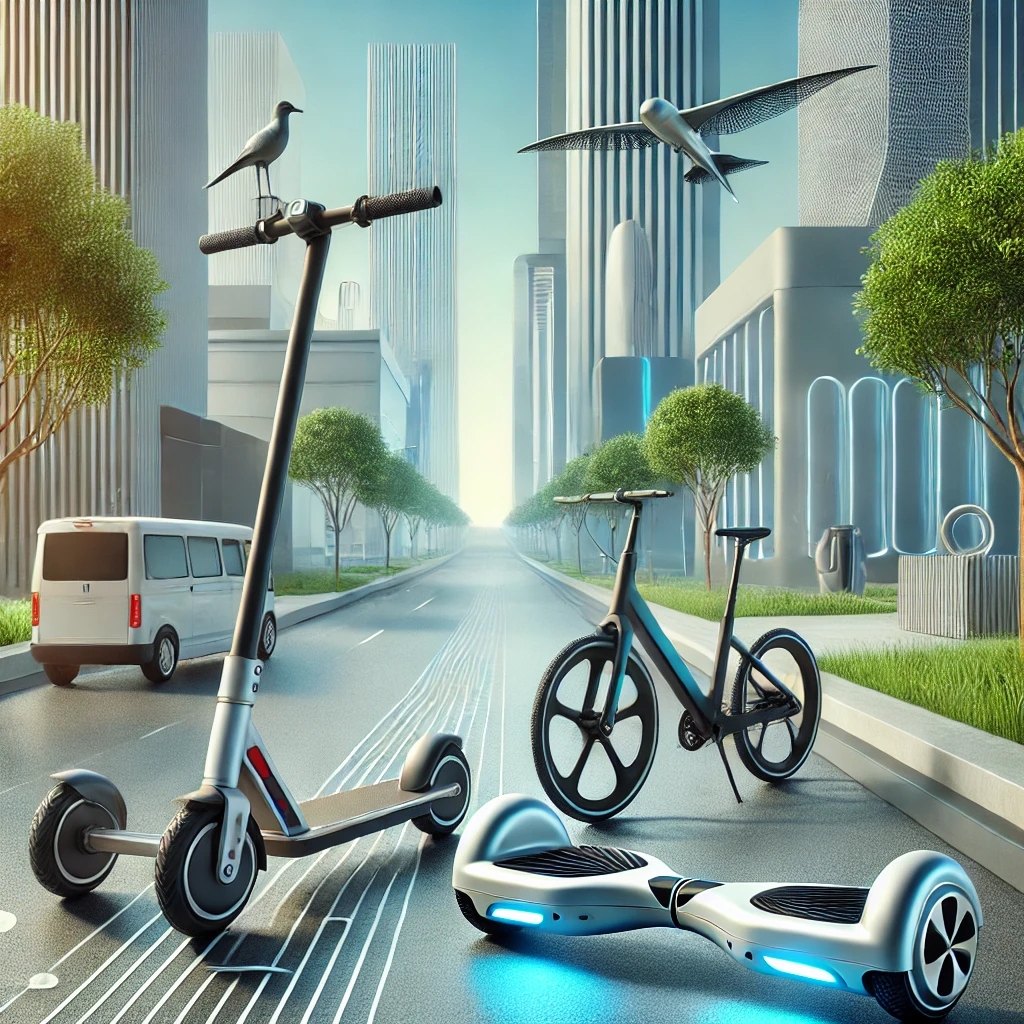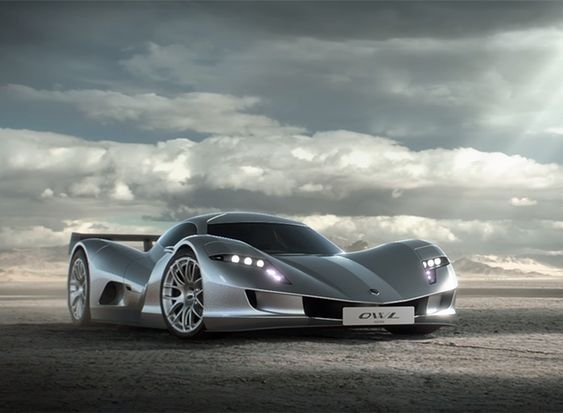
Micro-mobility has emerged as a transformative force in urban transportation, offering a convenient, cost-effective, and environmentally friendly alternative to traditional modes of travel. Electric scooters and bikes, in particular, have gained significant popularity, reshaping the way people navigate cities. This article delves into the rise of micro-mobility, focusing on the growth, benefits, challenges, and future prospects of electric scooters and bikes.
The Evolution of Micro-Mobility
Micro-mobility refers to the use of lightweight, often electric-powered vehicles for short-distance travel. This category includes electric scooters (e-scooters), electric bikes (e-bikes), and other small electric vehicles. The concept of micro-mobility is not entirely new, but recent technological advancements and changing urban dynamics have spurred its rapid growth.
Historical Context
The roots of micro-mobility can be traced back to the early 20th century with the invention of bicycles and scooters. However, the modern era of micro-mobility began in the late 1990s and early 2000s with the introduction of electric-assist technologies. The proliferation of lithium-ion batteries, compact electric motors, and IoT (Internet of Things) connectivity has since revolutionized the sector.
Growth and Popularity
In recent years, electric scooters and bikes have become increasingly popular in cities worldwide. Companies like Bird, Lime, and Spin have pioneered the e-scooter sharing model, while brands like Rad Power Bikes, VanMoof, and Pedego have led the e-bike revolution. This surge is driven by several factors, including urbanization, technological advancements, environmental concerns, and a growing demand for convenient and flexible transportation options.
Benefits of Electric Scooters and Bikes
Electric scooters and bikes offer numerous advantages that have contributed to their rapid adoption and widespread use.
Environmental Benefits
One of the most significant benefits of micro-mobility is its positive impact on the environment. Electric scooters and bikes produce zero tailpipe emissions, reducing air pollution and greenhouse gas emissions. By replacing short car trips, which are typically less fuel-efficient, e-scooters and e-bikes help decrease the overall carbon footprint of urban transportation.
Cost-Effectiveness
Electric scooters and bikes are more affordable than cars and other motorized vehicles, both in terms of purchase price and operational costs. They require less maintenance, have lower energy costs, and often benefit from reduced parking fees. For users, micro-mobility offers a cost-effective solution for short-distance travel, particularly in congested urban areas.
Convenience and Accessibility
E-scooters and e-bikes provide a convenient and flexible mode of transportation. They are ideal for short trips, bridging the gap between public transit stops and final destinations. Their compact size allows for easy navigation through traffic and parking in tight spaces. Additionally, the rise of shared mobility services has made e-scooters and e-bikes accessible to a broader audience, without the need for ownership.
Health Benefits
Electric bikes, in particular, offer health benefits by promoting physical activity. The pedal-assist feature of e-bikes encourages users to engage in moderate exercise, improving cardiovascular health and overall fitness. E-scooters, while less physically demanding, still contribute to a more active lifestyle compared to car travel.
Challenges and Criticisms
Despite their numerous benefits, electric scooters and bikes face several challenges and criticisms that need to be addressed to ensure their sustainable growth and integration into urban transportation systems.
Safety Concerns
Safety is a major concern associated with electric scooters and bikes. The lack of dedicated infrastructure, such as bike lanes and safe parking areas, increases the risk of accidents. Additionally, the rapid adoption of e-scooters has led to a rise in injuries and fatalities, prompting calls for stricter regulations and improved safety measures.
Regulatory and Legal Issues
The rapid proliferation of e-scooters and e-bikes has often outpaced regulatory frameworks, leading to legal challenges and conflicts. Issues such as sidewalk riding, helmet requirements, speed limits, and parking regulations vary widely across jurisdictions, creating confusion for users and operators. Developing consistent and comprehensive regulations is crucial for the long-term success of micro-mobility.
Vandalism and Theft
Vandalism and theft are significant challenges for shared micro-mobility services. The open and accessible nature of e-scooters and e-bikes makes them vulnerable to damage and misuse. Operators need to invest in robust security measures and maintenance protocols to minimize losses and ensure the availability of functional vehicles.
Infrastructure Limitations
The lack of adequate infrastructure, such as bike lanes, charging stations, and secure parking areas, hinders the widespread adoption of electric scooters and bikes. Cities need to invest in infrastructure development to support micro-mobility and ensure the safety and convenience of users.
Environmental Impact of Production and Disposal
While e-scooters and e-bikes offer environmental benefits during their use, their production and disposal pose challenges. The manufacturing of lithium-ion batteries and electric motors requires significant energy and raw materials, contributing to environmental degradation. Proper recycling and disposal mechanisms are essential to mitigate the environmental impact of discarded e-scooters and e-bikes.
Case Studies: Success Stories and Lessons Learned
Several cities around the world have successfully integrated electric scooters and bikes into their transportation systems, offering valuable lessons for others to follow.
Copenhagen, Denmark
Copenhagen is a global leader in promoting cycling and micro-mobility. The city has invested heavily in cycling infrastructure, including dedicated bike lanes, bike bridges, and parking facilities. E-bikes are widely used by residents and tourists, complementing the city’s extensive public transit network. Copenhagen’s success demonstrates the importance of infrastructure investment and proactive urban planning.
Portland, Oregon, USA
Portland has embraced electric scooters and bikes as part of its vision for sustainable urban mobility. The city has implemented pilot programs to test e-scooter sharing services, gathering data on usage patterns, safety, and public opinion. Portland’s approach emphasizes collaboration between city officials, operators, and residents to develop effective regulations and ensure the safe integration of micro-mobility.
Paris, France
Paris has witnessed a rapid rise in the use of electric scooters and bikes, driven by the city’s commitment to reducing car dependency and improving air quality. The city has implemented a comprehensive bike-sharing system, Vélib’, and introduced e-scooter sharing services to complement its public transit network. Paris’ experience highlights the importance of promoting multimodal transportation options and creating a supportive policy environment.
The Future of Micro-Mobility
The future of micro-mobility, particularly electric scooters and bikes, looks promising, with several trends and developments shaping its trajectory.
Technological Advancements
Ongoing technological advancements will continue to enhance the performance, safety, and user experience of electric scooters and bikes. Innovations in battery technology, IoT connectivity, and autonomous vehicle systems will drive the evolution of micro-mobility, making it more efficient and user-friendly.
Integration with Public Transit
Integrating electric scooters and bikes with public transit systems will be crucial for maximizing their impact on urban mobility. Seamless connectivity between different modes of transportation, supported by digital platforms and real-time data, will enable users to plan and execute their journeys more efficiently.
Policy and Regulation
The development of consistent and comprehensive regulations will play a critical role in the future of micro-mobility. Policymakers need to strike a balance between promoting innovation and ensuring safety, addressing issues such as infrastructure development, vehicle standards, and user behavior.
Sustainability and Circular Economy
Promoting sustainability in the production, use, and disposal of electric scooters and bikes will be essential for their long-term viability. Adopting circular economy principles, such as designing for durability, repairability, and recyclability, will help minimize the environmental impact of micro-mobility.
Equity and Accessibility
Ensuring that micro-mobility services are accessible to all segments of society, including low-income communities and people with disabilities, will be crucial for promoting equitable urban mobility. Operators and policymakers need to develop inclusive strategies that address barriers to access and affordability.
The rise of micro-mobility, exemplified by the growing popularity of electric scooters and bikes, is reshaping urban transportation in significant ways. Offering a convenient, cost-effective, and environmentally friendly alternative to traditional modes of travel, micro-mobility has the potential to transform cities and improve the quality of life for residents.
However, realizing this potential requires addressing several challenges, including safety concerns, regulatory issues, and infrastructure limitations. By learning from successful case studies, investing in technology and infrastructure, and developing supportive policies, cities can harness the benefits of micro-mobility and create more sustainable, efficient, and inclusive transportation systems.
As we look to the future, the continued evolution of electric scooters and bikes, driven by technological advancements and collaborative efforts, will play a crucial role in shaping the urban mobility landscape. The rise of micro-mobility is not just a trend but a fundamental shift towards a more sustainable and connected future.
ALSO READ: Top 10 Affordable BMW Cars in India







